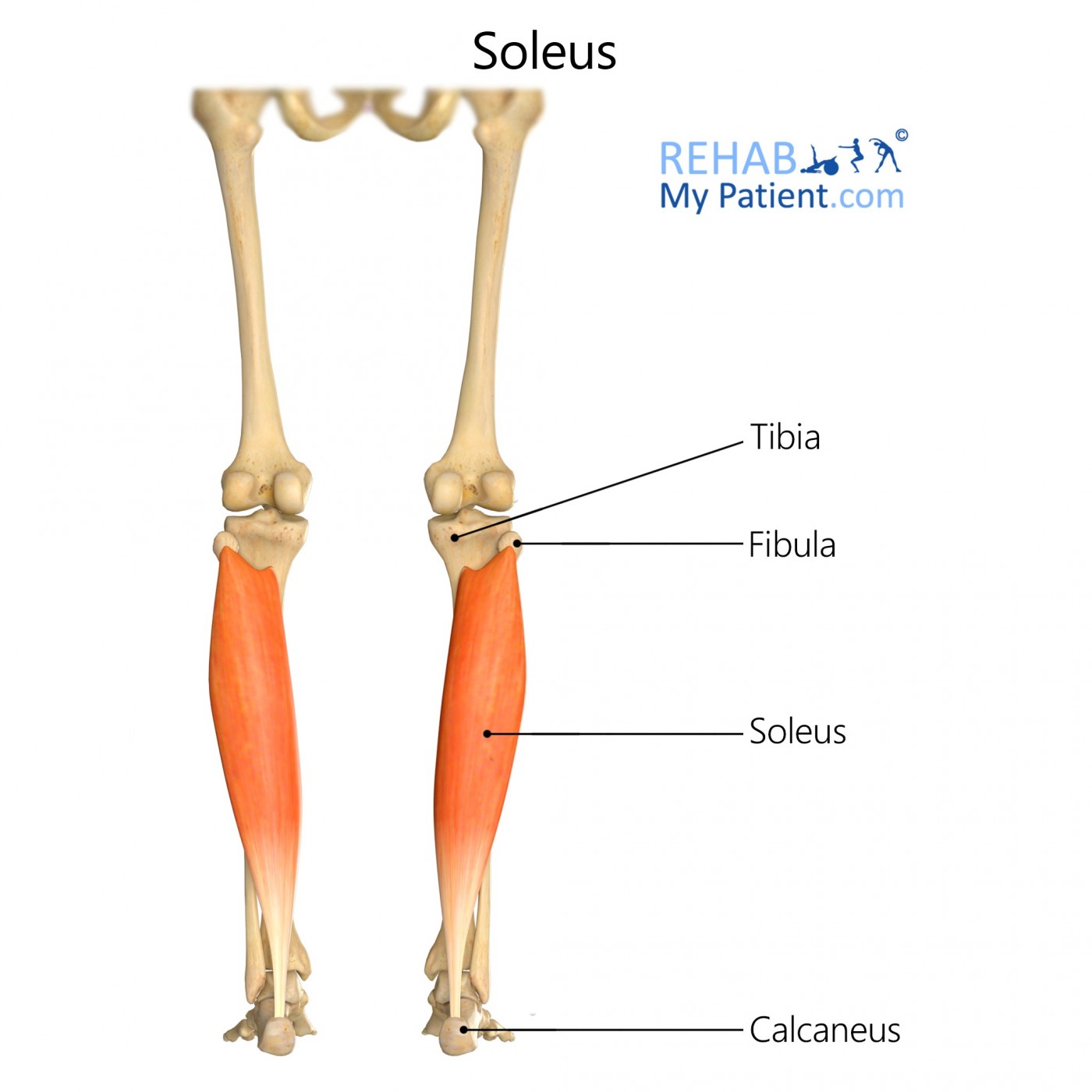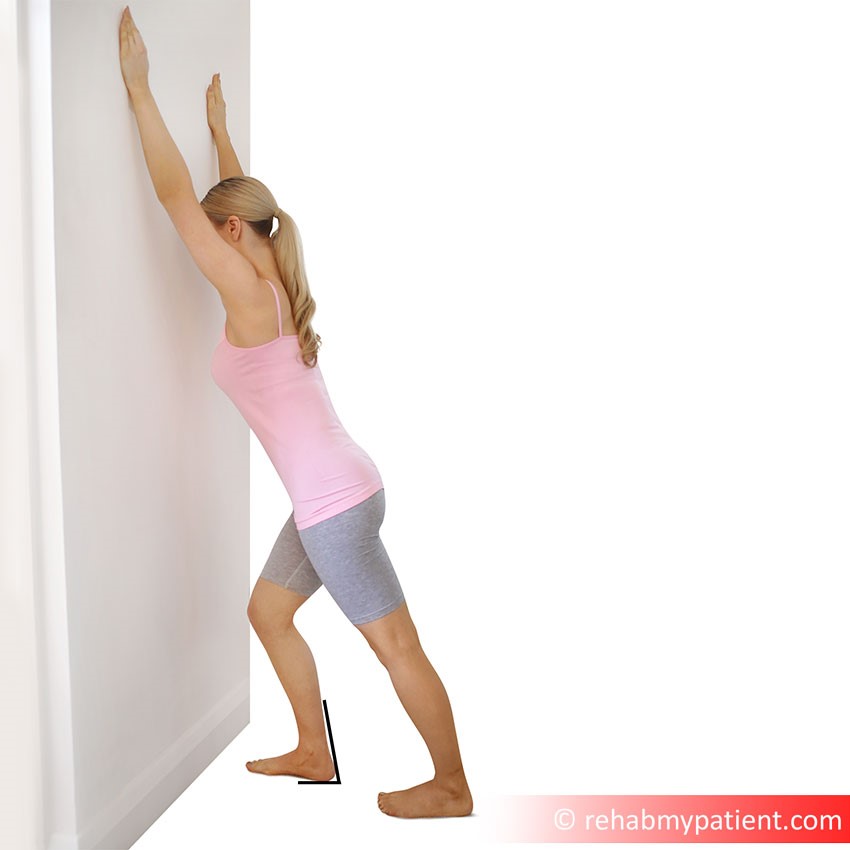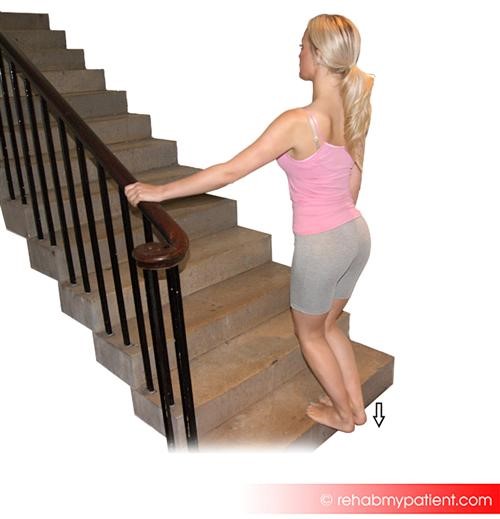
General information
The Soleus is one of the powerful muscles located in the back part of the calf. It runs from just beneath the knee all the way down to the heel. Due to its close connection with the gastrocnemius, some anatomists consider them to be a single muscle called the triceps surae. It is used for walking and standing.
Literal meaning
Sandal or flat of the foot.
Interesting information
The soleus muscle within the calf is prone to an injury from running. In certain instances, the injured plantaris muscle is associated with pain in the calf and injury to the soleus muscle. Tears in the soleus, including tennis leg, can cause pain in the plantar. Repetitive motions from running place a large load on the ankles whenever the knee is in an extended position, which is the peak time for injuries to the soleus to occur. Injury to the soleus often feels as if the muscles have been struck with a great deal of force.
Cryotherapy is often used to treat the muscle, which uses a low temperature to help cool the body parts down. Ultrasound therapy and passive stretching are two other types of treatments for soleus injuries. After therapy, strength training is often advised. In cases where the injury is not as severe, a simple ice pack will often do the trick.
Origin
Posterior surface in the fibular head as well as the proximal end in the fibular shaft, medial border and soleal line of the tibia’s middle.
Insertion
Posterior surface for the calcaneus by means of the shared tendo calcaneus (Achilles tendon).
Function
Plantar flexion in the ankle joint.
Pivotal role in the stabilization of the leg over the ankle when in a standing position.
Nerve supply
Tibial nerve S1 and S2.
Blood supply
Proximal to distal muscle is supplied from the sural branches of the popliteal artery, peroneal artery and posterior tibial artery.
Tendons receive blood from the posterior and anterior, lateral and medial malleolar arteries, lateral plantar artery and calcanean branches in the posterior tibial artery.

Relevant research
The soleus muscle is one of the powerful plantar flexor muscles in the ankle joint. It receives its blood supply from a number of different sources. A study was conducted to describe the distribution of the arterial supply for blood to the soleus muscle. The soleus muscle is supplied by perforators of the popliteal, posterior tibial and peroneal arteries. They found that the posterior tibial artery gave 38.8% of total perforators, while the peroneal artery gave 33.3% and the popliteal artery gave 27.8%. The study concluded that as it is richly supplied with arterial blood, the soleus can be used safely as a free flap, hemisoleus flap or composite flap to cover defects in the lower limb.
Zawawy, Ehab & El-Sekily, Nancy. (2012). An anatomical study of the blood supply of the soleus muscle in humans. Alexandria Journal of Medicine. 48. 315-321. 10.1016/j.ajme.2012.05.001.
Soleus exercises

Wall stretch
Stand about a foot away from the wall with the back straight and the palms pressed to the wall. Lean gently toward the wall while bending the knees to form a shallow squatting position. Keep both heels firmly on the floor while holding onto the stretch. The stretch allows you to stretch both legs at the same time. There is also the option of bending one leg at a time if that works better. Hold the stretch for 30 seconds. Perform the exercise anytime the legs tighten up.

Heel drop soleus stretch
Stand with your heels hanging over the back of a step, with your toes on the step. Hold onto something stable for support, if required. Drop your heels downwards. You should feel a stretch up the back of your calfs. Perform the exercise anytime the legs tighten up.
Sign Up
Sign up for your free trial now!
Get started with Rehab My Patient today and revolutionize your exercise prescription process for effective rehabilitation.
Start Your 14-Day Free Trial